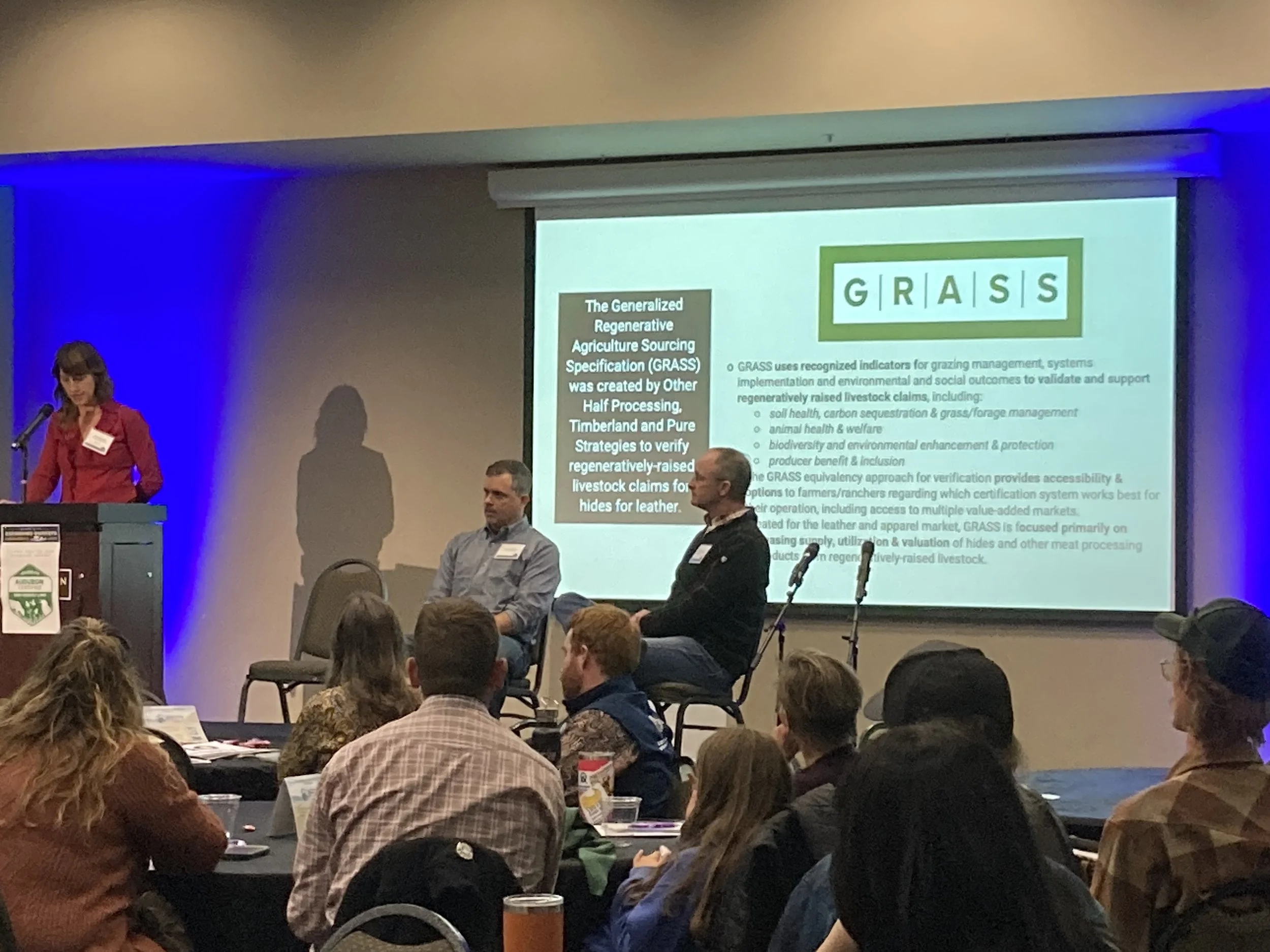Marketing Regenerative Ag
This week, I attended a conference designed to help ranchers market their regenerative management practices through beef.
Speakers talked about measuring higher nutrient density in beef that comes from healthier soils.
They talked about having ranches certified by a myriad of third-party organizations that verify everything from diverse plant species to bird populations. Certifications cost money, but theoretically customers will pay more for meat that comes from ranchers who verify their management practices.
They talked about collecting cattle from many ranches and selling the beef to national retailers who need a consistent, reliable product. The retailers said consumers will buy everything that is available, but the supply of cattle is the limiting factor. The retailers won’t contract for beef until they know they have a long-term supply.
The conversation was honest and transparent. Cattle prices are so high right now that ranchers don’t see a reason to sign up for a new program that takes more work when they can just haul a load to the auction and make just as much money.
Then the discussion turned to a fundamental question: What does regenerative agriculture even mean and how do we measure it?
After all, if producers can measure it, they can demonstrate to consumers the reason the price of beef produced with regenerative practices should be higher.
Some people use the term regenerative interchangeably with the term sustainable. Others assume the only way to manage a ranch or farm regeneratively is to raise grass-fed beef.
The crowd tossed those definitions out the window.
Some participants suggested that regenerative means soils are healthy and water is clean. Others talked about storing carbon.
One definition was that regenerative agriculture is not extractive.
Another recognized that regenerative practices are not all or none. Many different management activities contribute to healthy soil and that leads to clean water and tall grass. A manager doesn’t need to drink all of the Kool-Aid to take care of the land.
Someone noted that regeneration happens underground yet we see the results above ground. It is hard to measure all that happens underground so we measure proxies instead.
Instead of looking at microbes under a microscope, we look at rotational grazing and rest times, changes in grass yields, cover crops and plant stubble height. None of these management tools measure soil regeneration, but they all can contribute to healthier soil.
Even better for the regenerative beef market, these practices can be verified by a third party so consumers can trust the implied promise of regeneration.
Then the conversation turned to the real challenges of direct marketing any kind of beef – the time it consumes, the amount of interaction with people, shipping logistics and more risk, among others. The list went on and on.
One participant noted that no rancher ever sets out to damage the land, but every rancher needs to make a living.
Investing in new management practices is expensive on the front end. The pay-off comes incrementally over a long time.
Yet nobody mentioned the elephant in the room. When producers carry a huge debt load – and many, if not most, do – bankers often dictate management. Generally, bankers can’t tolerate as much risk as self-employed businesspeople.
Changes to management are riskier than doing the same thing that has always been done.
Often, the banker will not allow a producer to try a new management practice that might eventually allow her to step off the spinning hamster wheel of endless debt payments.
The conference didn’t solve every economic or environmental challenge that ranchers face, but the conversations helped participants understand a few options better.
That might be the best outcome for any conference.
